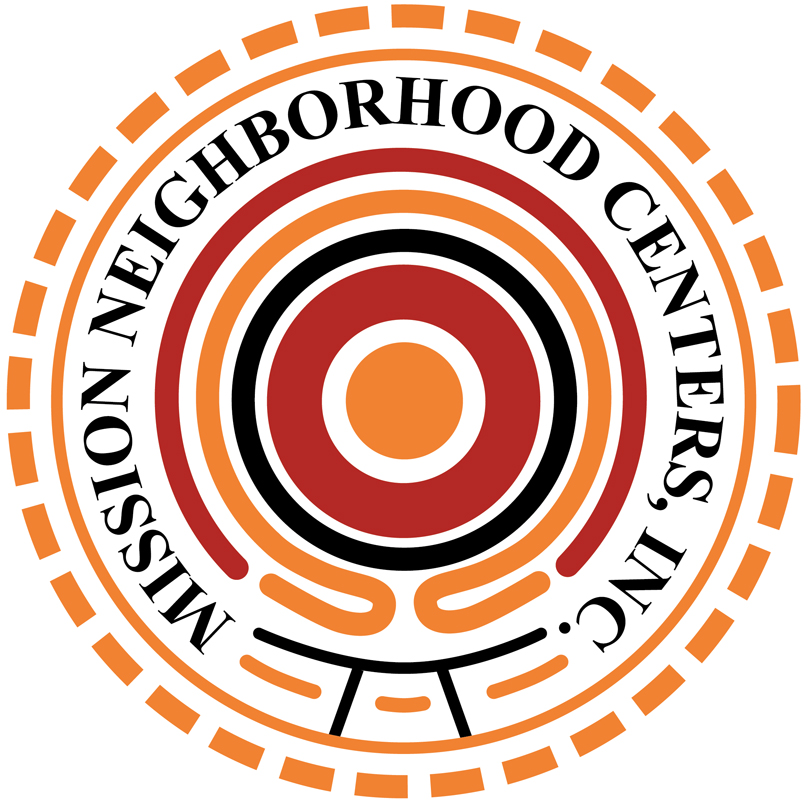by the El Reportero staff
From the colonial centuries to current community expressions, art has been a powerful tool for representing the spirituality of Holy Week in Latin America and the United States. Paintings, murals, and visual representations have captured the drama, faith, and cultural identity of this sacred period, transforming it into a visual spectacle that transcends creeds and borders.
In Latin America, the tradition of painting scenes from the Passion of Christ has deep roots in Spanish influence. Artists from the colonial period, such as those from Cusco and Quito, created works full of drama and symbolism, where the suffering of Jesus merges with local elements. The robes of the figures are dyed with indigenous colors, mountains replace Golgotha, and dark-skinned faces humanize divinity.
In Mexico, Holy Week paintings in regions like Taxco and San Luis Potosí depict weeping Virgins, bloodied Christs, and processions that seem to emerge from the canvas with an almost baroque intensity. This style has influenced contemporary artists such as Francisco Toledo and Carmen Parra, who reinterpret these icons in a modern way.
In Central America and the Caribbean, sacred art has been interwoven with popular expressions. In Guatemala, for example, the colored sawdust carpets that cover the streets during processions become ephemeral works full of symbolism. Many visual artists have begun to capture these scenes in their paintings, preserving their beauty beyond the moment.
Meanwhile, in the United States, especially in Latino communities like those in California, Texas, and New York, Holy Week has found an expressive channel in muralism and community painting. In neighborhoods like San Francisco’s Mission District, murals by Chicano and Central American artists depict scenes of the crucifixion or the Stations of the Cross accompanied by messages of resistance, justice, and hope.
Artists like Ester Hernández and Yolanda López have used symbols of the Catholic faith to denounce social inequalities, merging the suffering of Christ with the struggle of migrants and indigenous peoples. Thus, the Passion is reinterpreted as a metaphor for modern sacrifice.
There has also been a growing production of digital art and contemporary photography that reinterprets Holy Week rites. Young Latino artists in the U.S. combine religious imagery with urban aesthetics, graffiti, and digital art to connect with new generations.
Holy Week, then, is not only experienced in churches and streets: it is also painted, drawn, recorded, and digitized. Art transforms it into memory, reflection, and a cultural bridge between the ancestral and the modern, between the South and the North, between intimate faith and collective expression.



